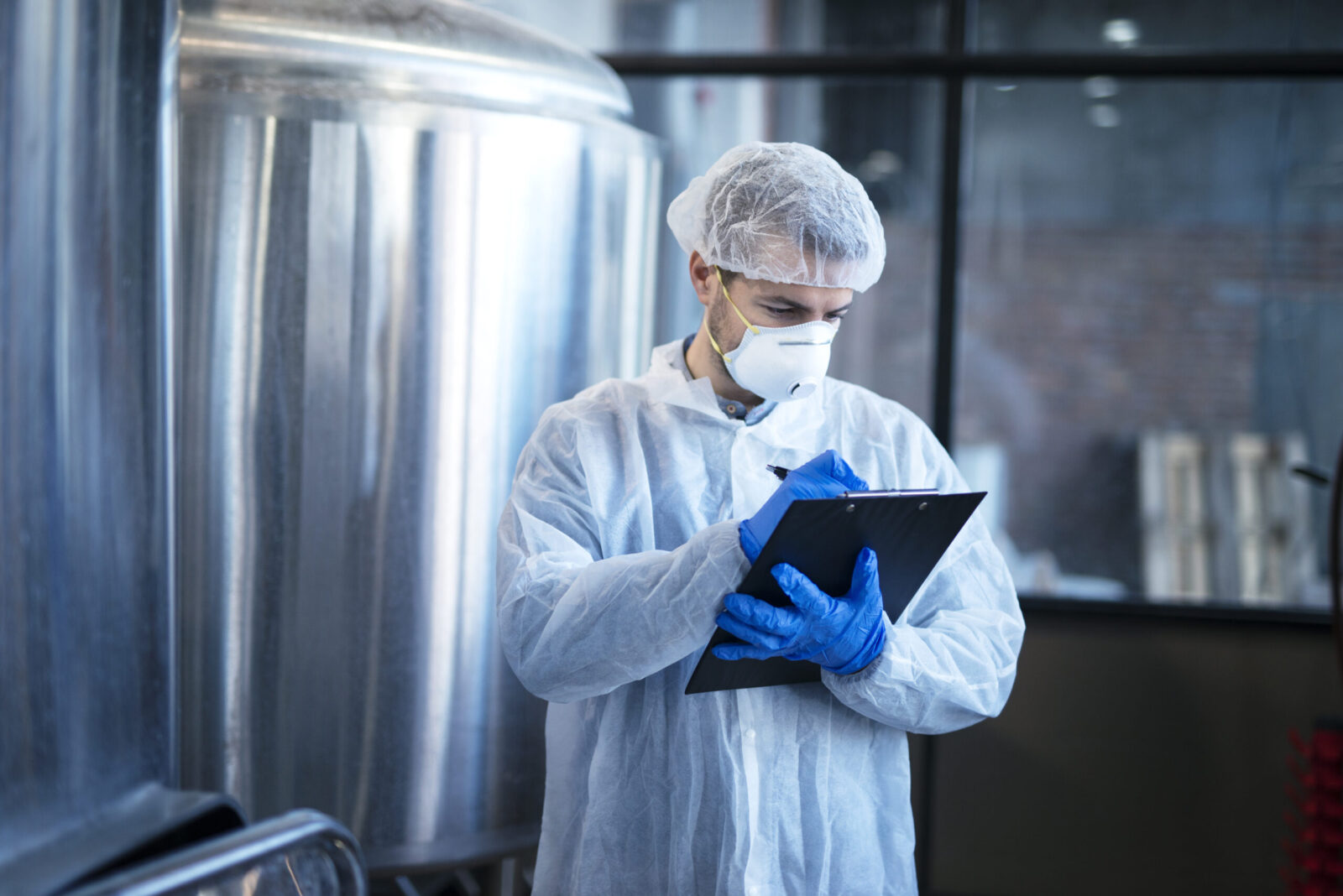
Top Strategies to Prevent Health Code Violations in Food Safety
Introduction: Restaurant food safety involves both taste and health code compliance. Foodborne infections from health code breaches can put consumers...

Get 20€ off on your first order!
Food safety is first in importance in the linked world of today; global supply networks provide both possibilities and problems. Ensuring safe food handling, manufacturing, and distribution calls for ever more complexity. Global Food safety standards provide thorough rules meant to safeguard public health and preserve the integrity of the food supply, therefore helping to solve these issues. The main elements of worldwide food safety regulations, their significance, and the certifications accessible to enable businesses to properly achieve these criteria are investigated in this review.
Food testing labs in India follow clear rules and laws that food companies must follow to make sure the safety and quality of their goods. Following these rules will help keep food safe, stop spoilage, and make sure that it is handled and stored correctly. Testing labs are mostly responsible for making sure that food meets safety standards and stays safe to eat throughout the supply chain.
Usually, standards are developed by government agencies, international organisations, or regulatory bodies concentrating on a given sector. Companies who wish to follow national and international food safety regulations have to follow these standards. Should these policies be violated, a company can suffer penalties, recalls, or damage to reputation.
One cannot stress the value of Food Safety Standards any more. These are some of the main causes of their indispensible nature:
They maintain consumer safety against foodborne infections, contamination, and other health hazards. This is crucial to prevent maybe catastrophic disease epidemics like those brought on by Salmonella or E. Coli.
Food enterprises wishing to sell overseas have to follow international food safety guidelines. It ensures that products satisfy national safety standards of other countries, therefore enabling simple import and export procedures.
Food businesses in many countries are required by law to follow national and foreign rules in order to stay in business. These standards are what laws and rules about food safety are based on; breaking them could get you in trouble with the law.
4. Brand Image: Following food safety guidelines also helps a brand to remain ethical. Consumers are more inclined to trust food safety-oriented companies, which would boost customer loyalty and help to improve sales.
Companies can choose many worldwide food safety certification schemes to guarantee adherence to Food Safety Standards. Among the more notable ones are these:
The requirements for a food safety management system are defined internationally under ISO 22000. Relevant to companies all over the food chain, it integrates Hazard Analysis and Critical Control Points (HACCP). Emphasising risk-based thinking, this criteria aims to raise food safety from farm to fork.
The widely known HACCP system’s objective is to identify, evaluate, and control food manufacturing-related hazards. It seeks to solve probable safety issues before they become a norm by nature preventative. Many other Food Safety Standards, including ISO 22000, have their basis in HACCP.
Aimed at offering a worldwide baseline for food safety policies, GFSI is an industry-led initiative Among the various certification initiatives it covers are BRCGS (British Retail Consortium Global Standards), FSSC 22000 (Food Safety System Certification), and IFS (International Featured Standards). Providing a worldwide basis for ensuring food products’ integrity, safety, and quality, GFSI
Usually referred to as the “Food Code,” the Codex Alimentarius is a compendium of guidelines, recommendations, and norms of conduct produced by the Food and Agriculture Organisation (FAO) and the World Health Organisation (WHO). It addresses labels, additives, toxins, and cleanliness among other aspects of food safety. The Codex offers a source of rules on international trade and food safety even if it is not legally enforced.
FSSC 22000 is a comprehensive certification program that provides a structure for managing food safety related requirements. Comprising supplementary GFSI criteria, industry-specific Pre-Requisite Programs (PRRs), and ISO 22000, it is among the toughest food safety standards available.
Important components of standards for food safety
Regardless of the certification system—ISO 22000, HACCP, or another—every Food Safety Standard has some commonalities. These are the fundamental elements:
Every system of food safety begins with knowledge of the hazards that could compromise food products. These hazards could be physical (like shattered glass or metal), chemical (like pesticides), or biological (like microbes). Risk analyses help companies to pinpoint important areas of monitoring and prioritising.
If risks have been found, companies have to create control systems to either prevent or lower them. This might include setting critical control points (CCPs) in the manufacturing process where contamination is most likely to arise and ensuring constant monitoring of these sites.
One of the main components of the Food Safety Standards is keeping high cleanliness and sanitation all through the manufacturing and handling operations. Frequent maintenance of equipment and cleaning workers helps to prevent contamination as well.
Food goods’ traceability guarantees their ability to be followed back via the supply network. During food recalls, this is essential for prompt and effective actions that enable businesses identify possible sources of contamination.
Food Safety Standards demand companies routinely check and evaluate their systems to guarantee they are operating as expected. One of the main ideas is constant improvement, which helps companies to adjust to new hazards or legal developments.
In the end, following global food safety standards is important for protecting customers, boosting brand image, and encouraging trade around the world. Strong food safety management systems and certifications like ISO 22000 can help businesses make sure they meet strict safety standards and know how to handle possible threats. These factors must be fully understood and used in order for the food industry to be better and more reliable. This ultimately benefits public health and builds customer trust.
Thank you! You've signed up for our newsletter.



















Introduction: Restaurant food safety involves both taste and health code compliance. Foodborne infections from health code breaches can put consumers...

Introduction: Food safety in production is essential for safe, high-quality goods. Food makers must follow strict government and commercial requirements...

Introduction: In today’s rapidly evolving food industry, it is more difficult to assure food safety and traceability due to the...

Introduction: Restaurant food safety involves both taste and health code compliance. Foodborne infections from health code breaches can put consumers...

Introduction: Food safety in production is essential for safe, high-quality goods. Food makers must follow strict government and commercial requirements...

Introduction: In today’s rapidly evolving food industry, it is more difficult to assure food safety and traceability due to the...
Get 20€ off on your first order!
Save 30% by buying directly from brands, and get an extra 10€ off orders over €100
Save 30% by buying directly form brands, and get an extra 10€ off orders over €100